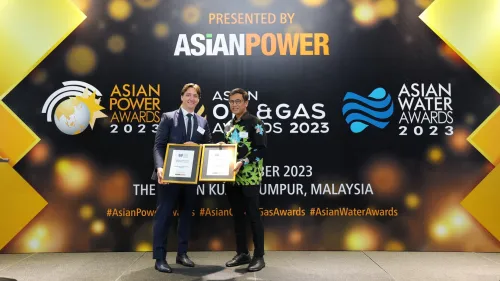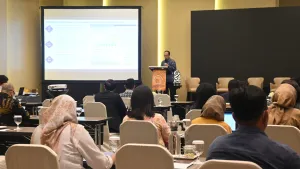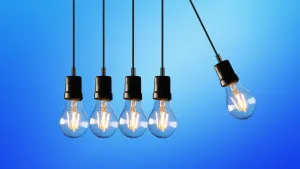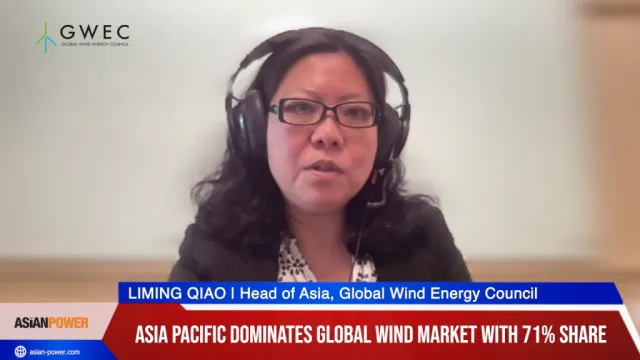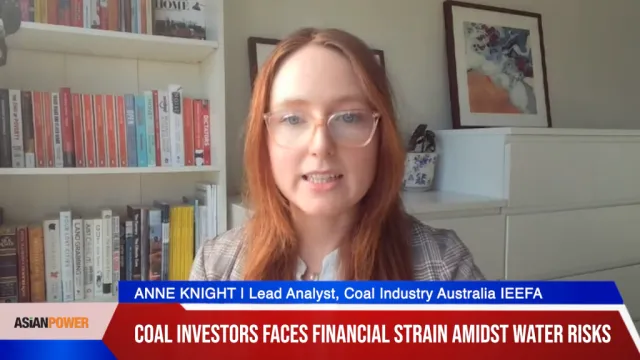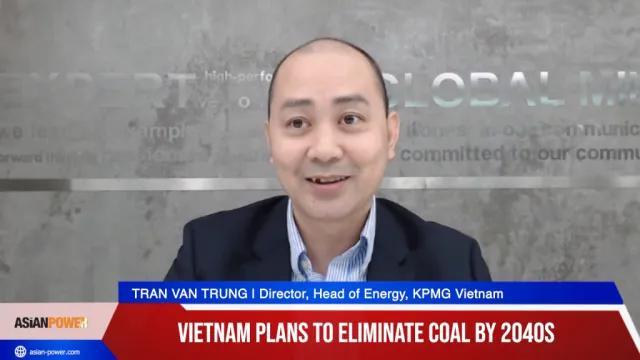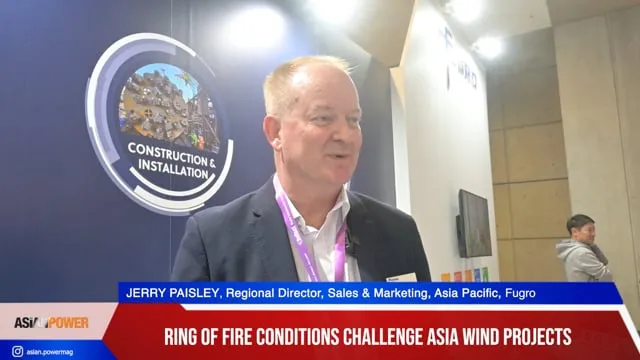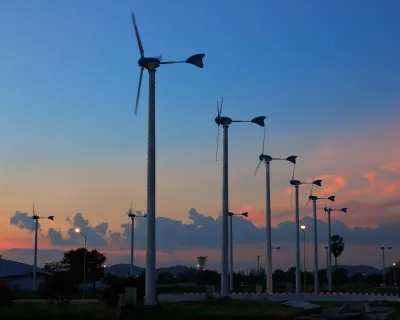
How will China's on-grid wind tariff cuts affect Longyuan's financial profile?
Returns on the firm's investments are likely to get hurt.
According to Moody's, on 24 December 2015, China's National Development and Reform Commission announced that it would be lowering the benchmark tariffs for new wind power projects in Resource Zones I, II and III by RMB0.02/kilowatt hour (kWh) in 2016 and RMB0.03/kWh in 2018. The tariff for Zone IV will fall by RMB0.01/kWh in 2016 and RMB0.02/kWh in 2018.
Prior to the cuts, the tariffs for Resource Zones I, II, III and IV were at RMB0.49/kWh, RMB0.52/kWh, RMB0.56/kWh, and RMB0.61/kWh respectively.
The new tariffs for 2016 will apply to onshore wind power projects approved between 1 January 2016 and 31 December 2017, and only to projects that commence construction work within two years after their approval.
Here's more from Moody's:
The new tariffs for 2018 will apply to onshore wind farms approved after 31 December 2017.
The progressive cuts are credit negative for Longyuan because they will lower the returns on the company's investments in new wind power projects.
Nevertheless, Moody's expects that the impact on Longyuan's financial profile will be moderate, given that the cuts will only apply to incremental, newly-installed capacity, and Longyuan's new projects that are scheduled to commence operation in 2016 will operate under tariffs set prior to the cuts.
Moreover, the majority of Longyuan's new-project pipeline is situated in Resource Zone IV, in which a smaller tariff cut will apply.
At end-September 2015, Longyuan had 6.6 gigawatts (GW) of new projects approved but not yet put into operation; of which, 64% were located in Resource Zone IV. Another 4GW was listed in the national plan of new wind power projects but not yet approved; of which, over 90% of the total capacity relates to Resource Zone IV. Despite the tariff cuts, Moody's expects that Longyuan will maintain its capacity additions of 2GW annually to support its business growth as well as China's development of renewable energy .
According to the national energy development plan for 2014-20, the country targets to increase its installed capacity of wind power to 200GW by 2020 from 113GW at end-October 2015.


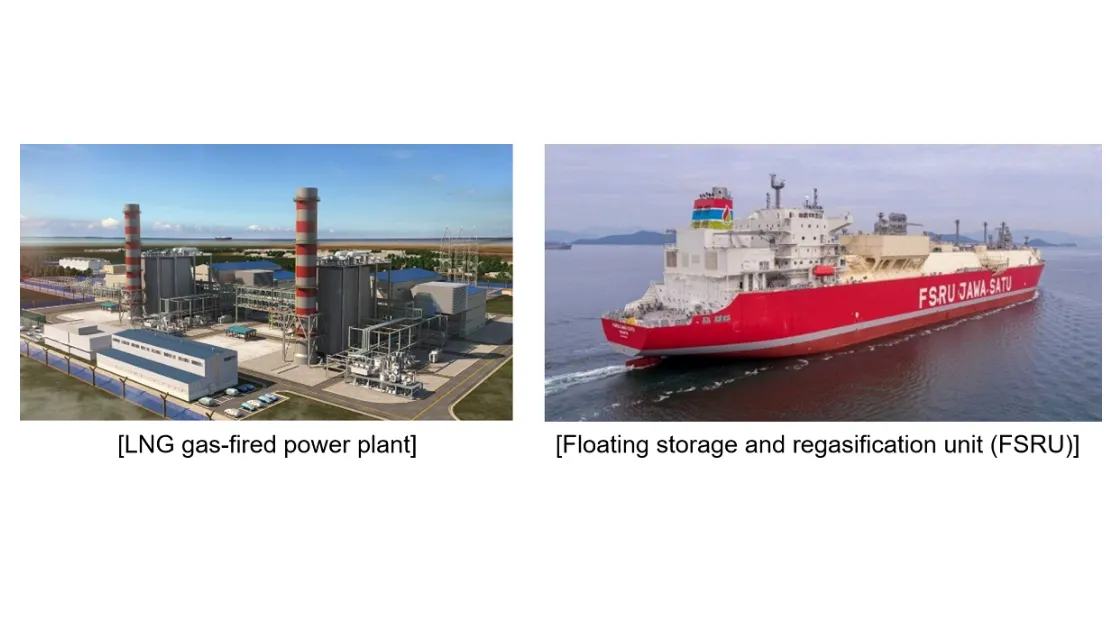
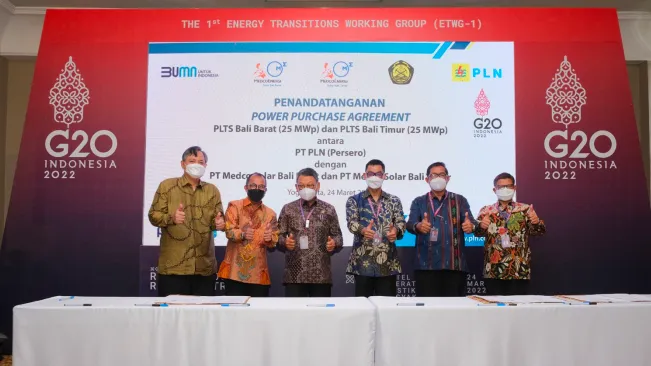
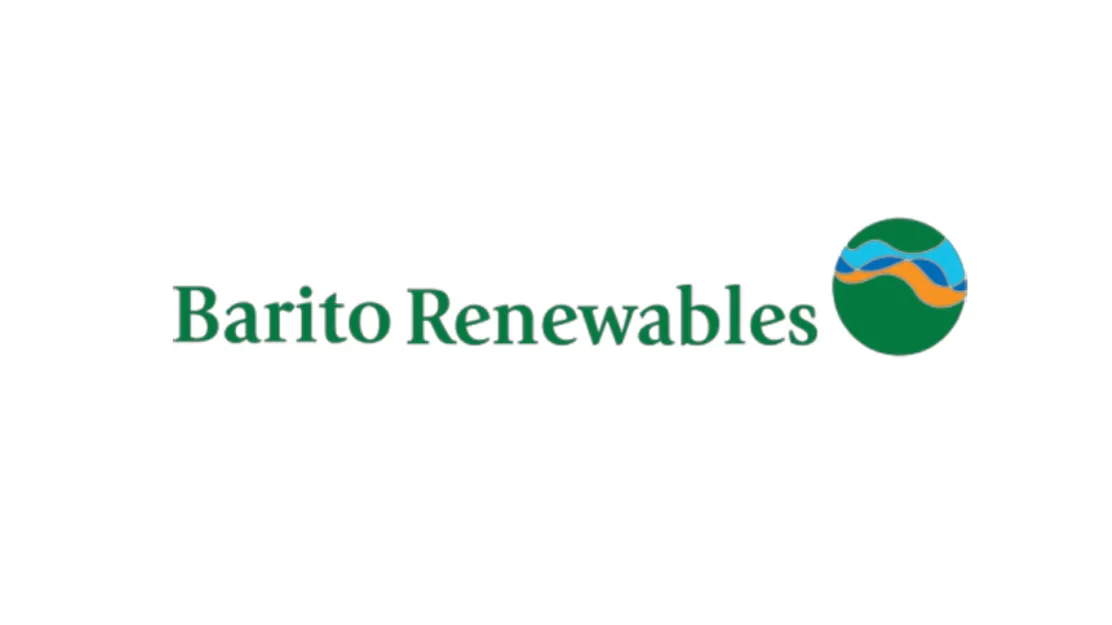


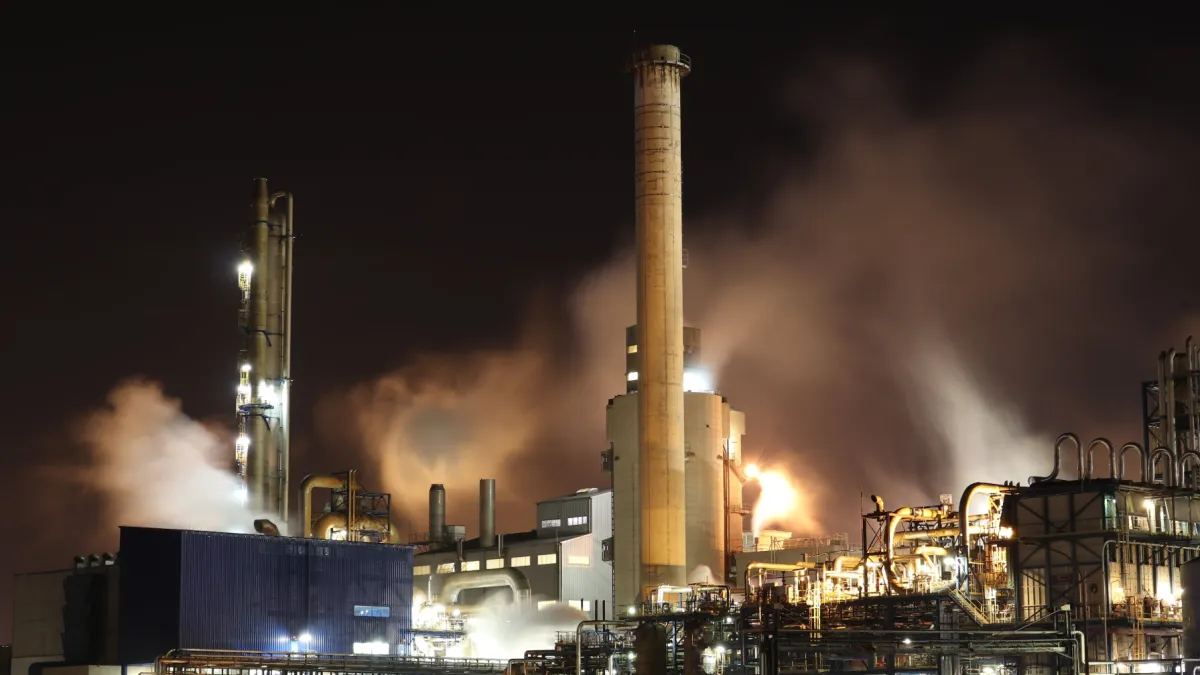

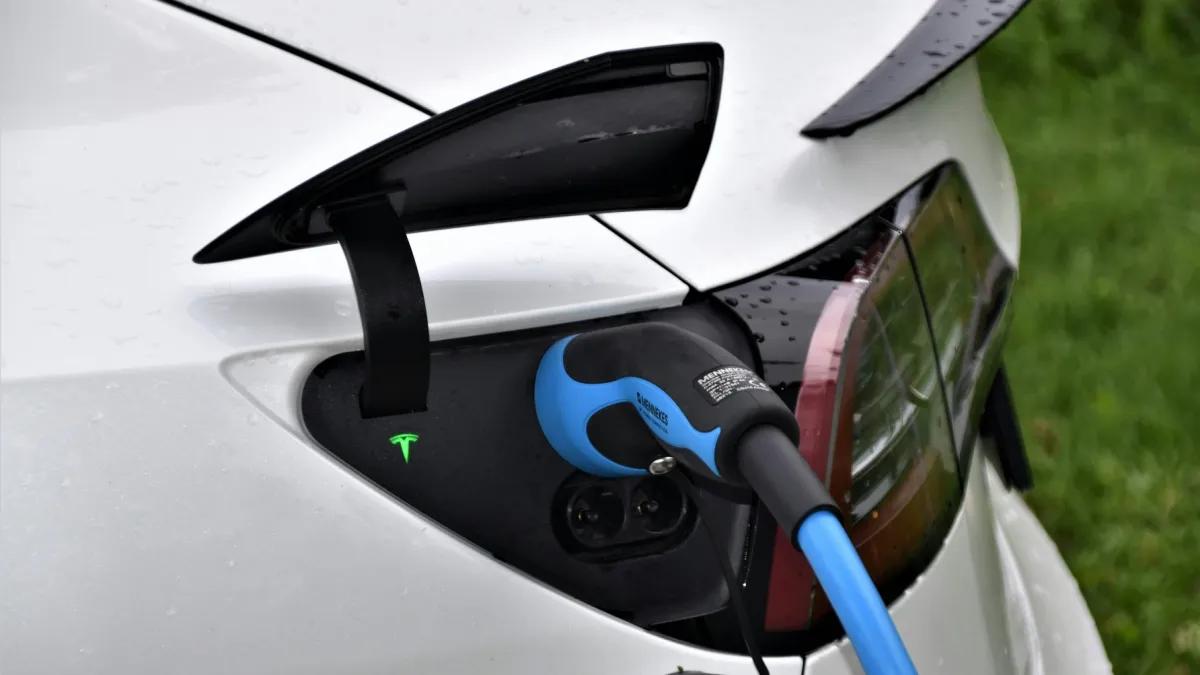
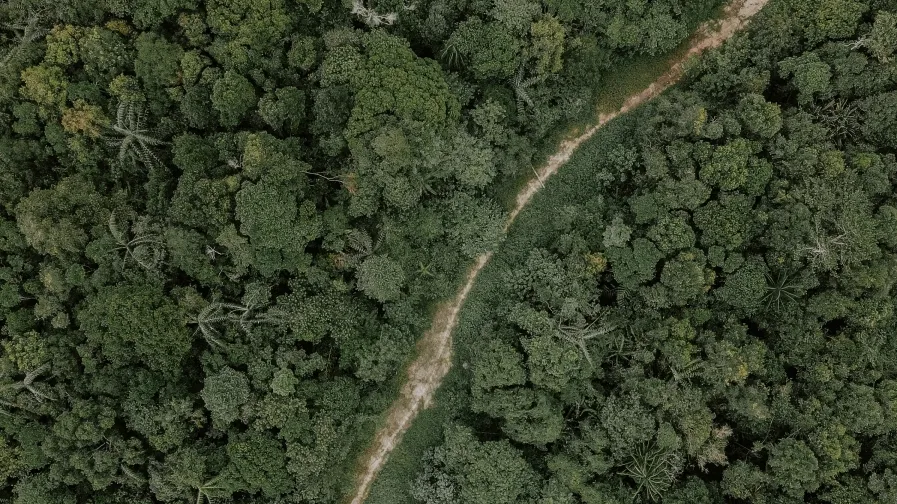


 Advertise
Advertise
